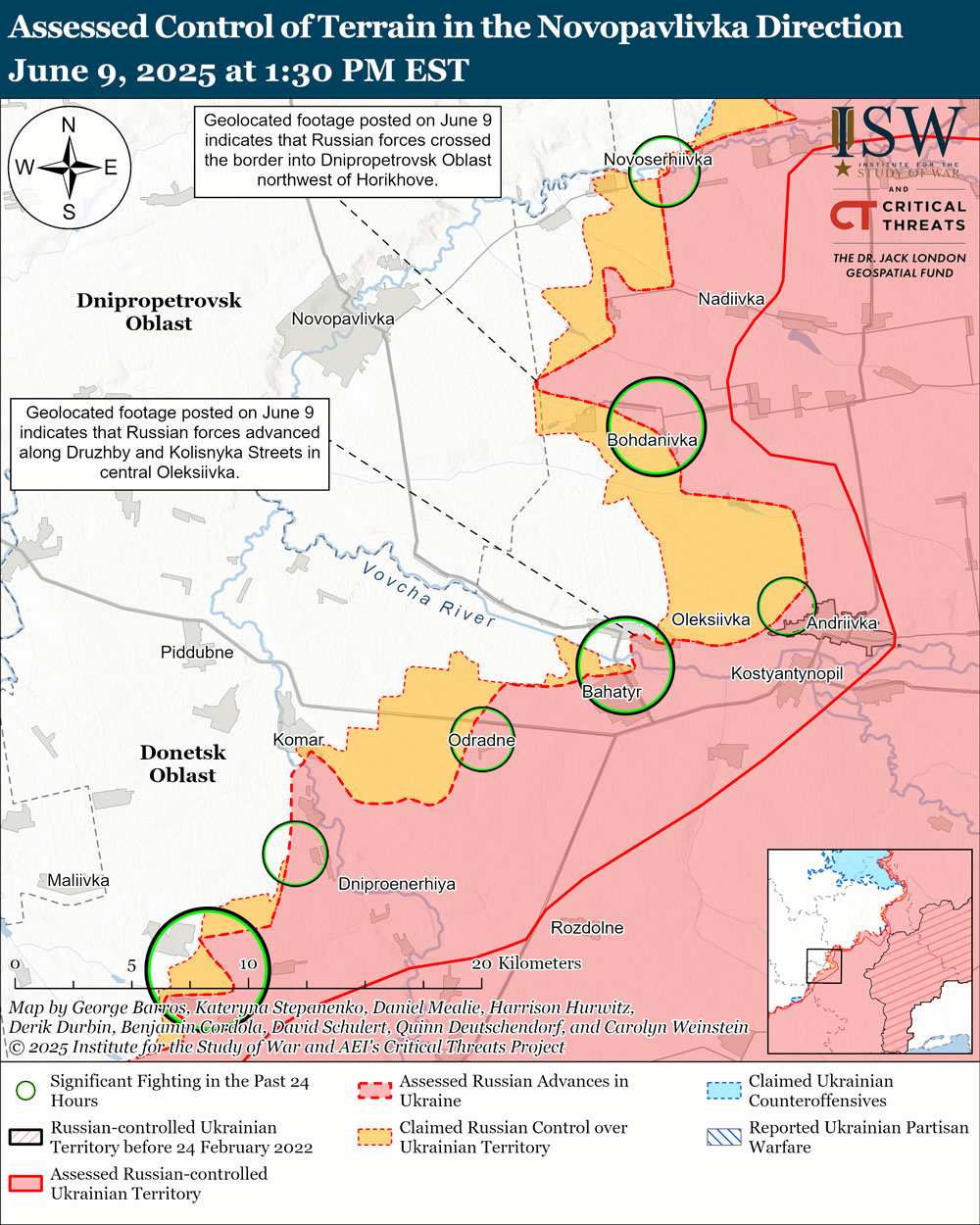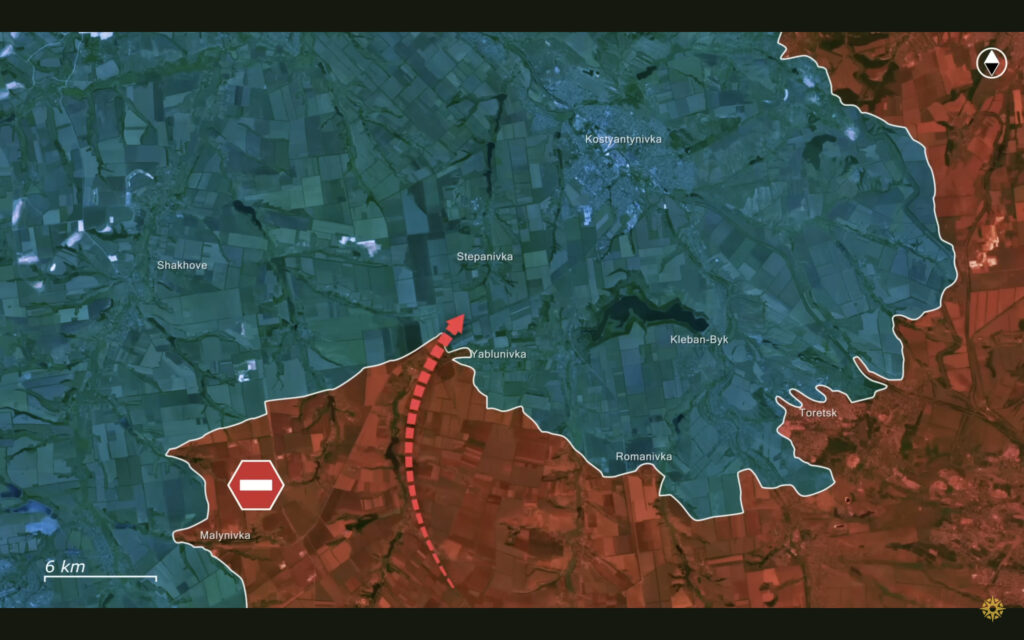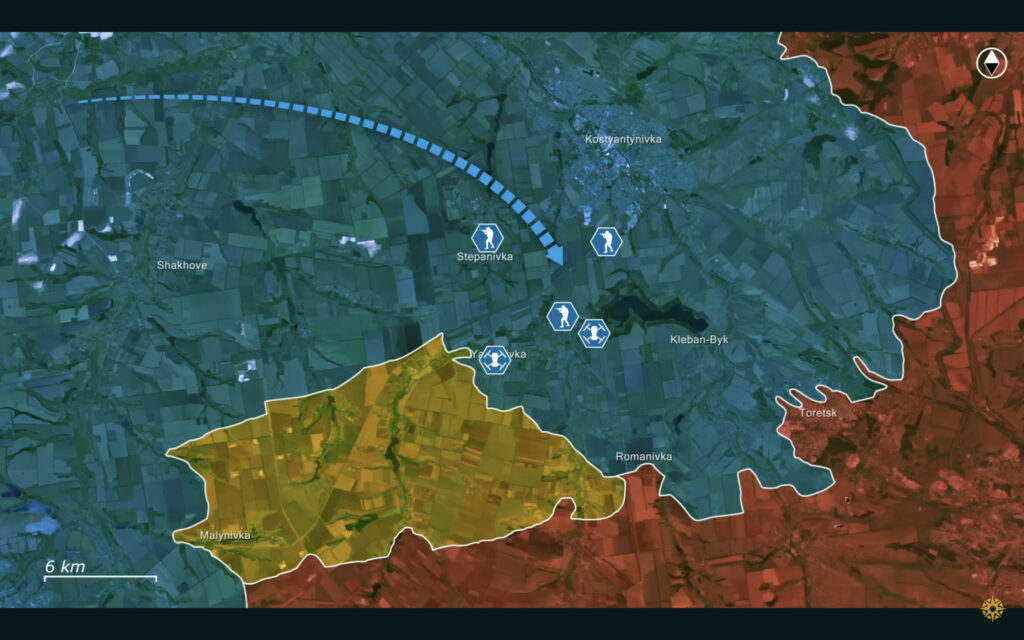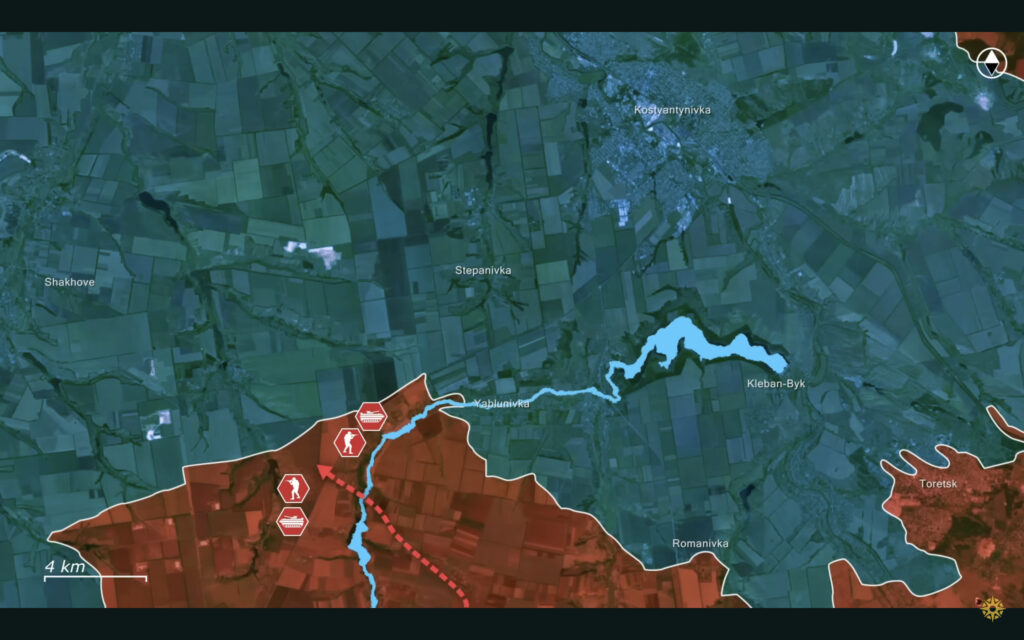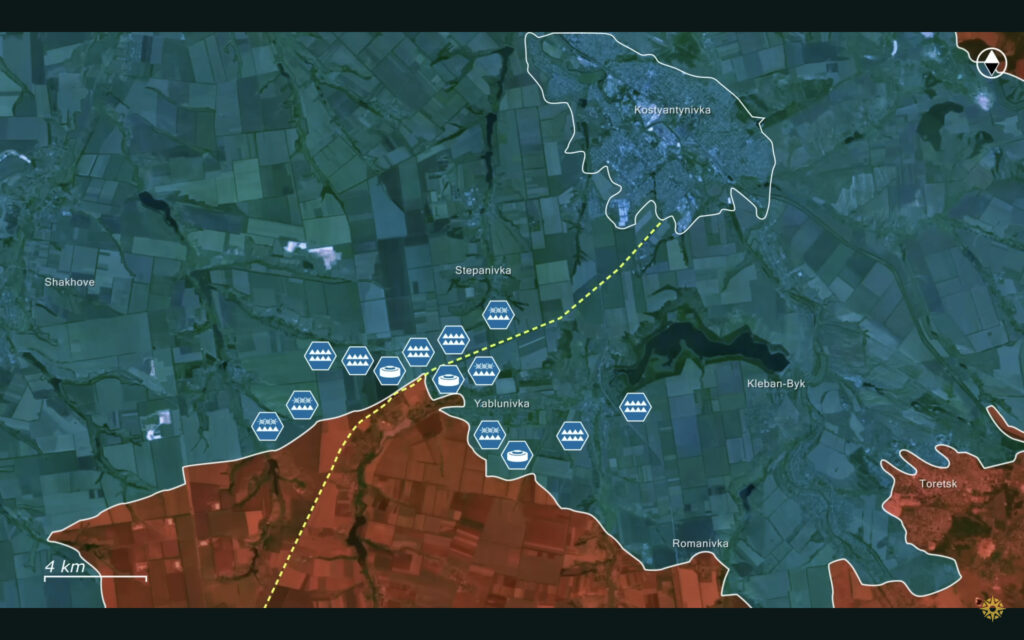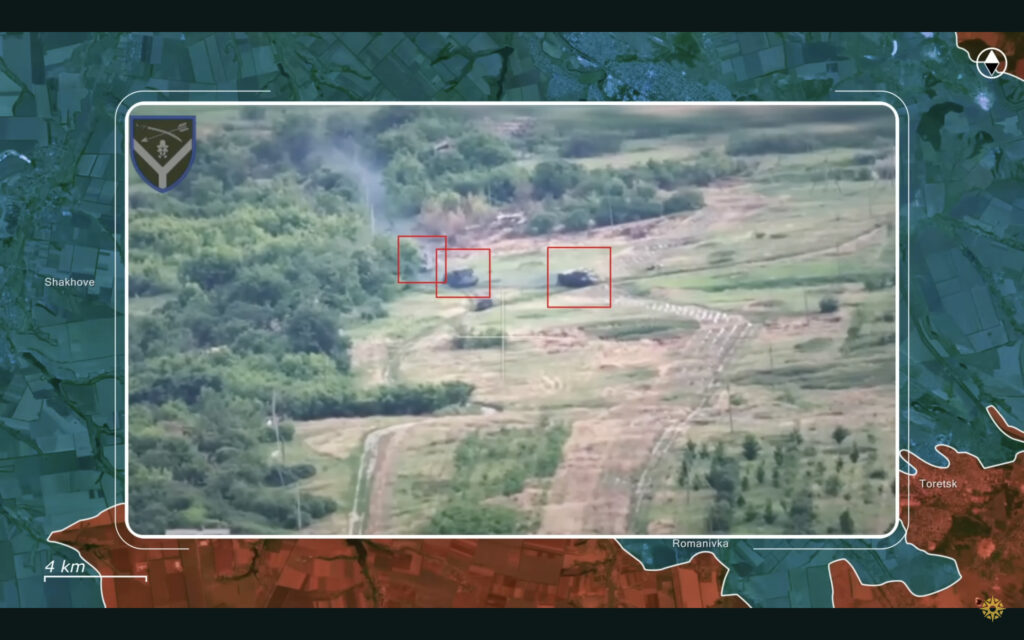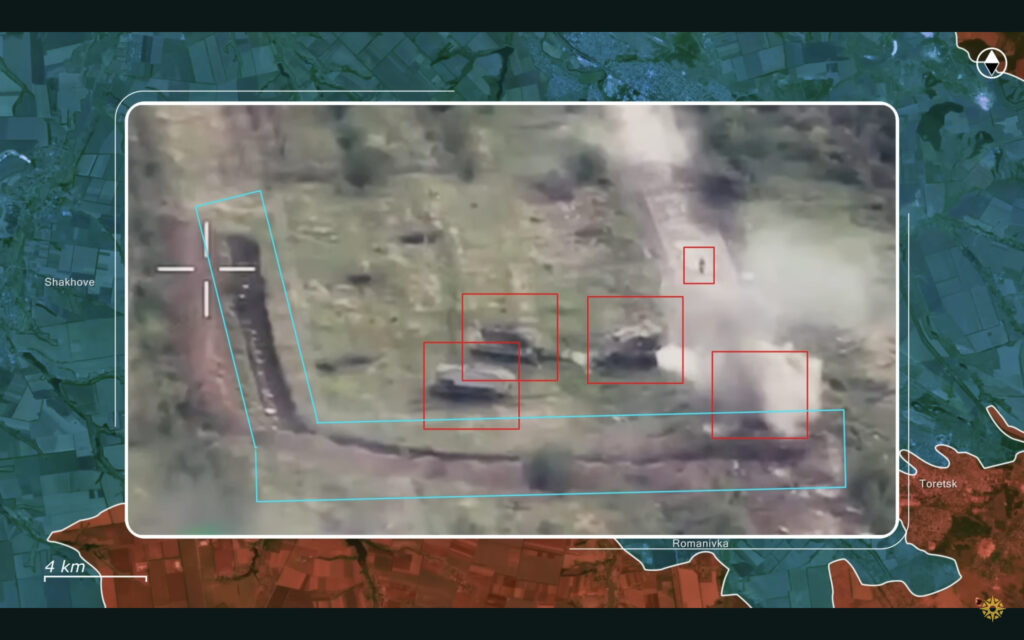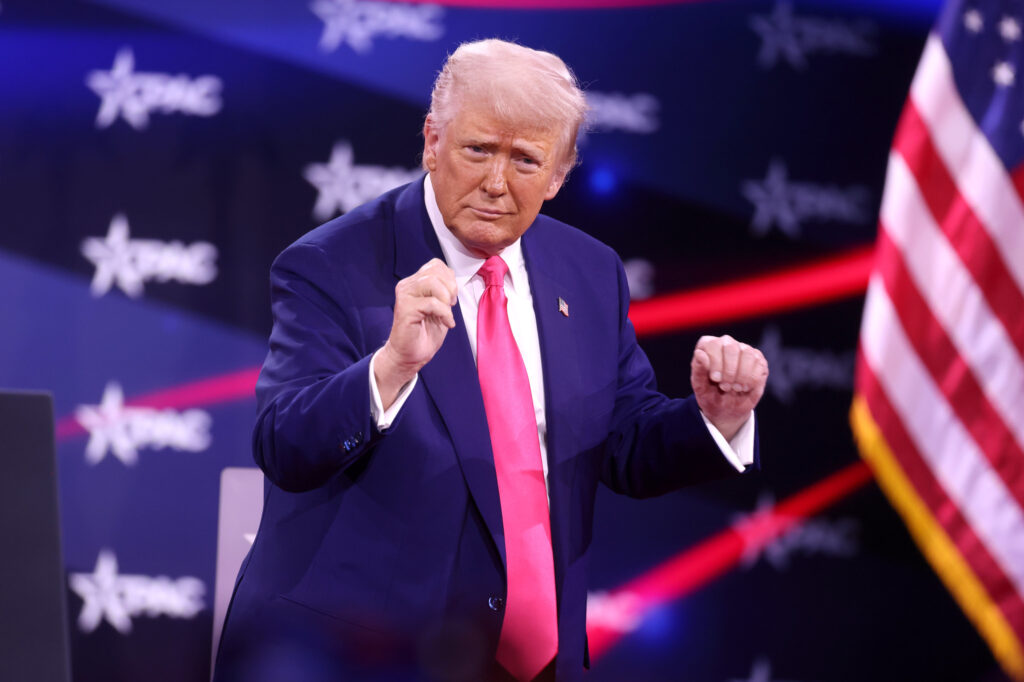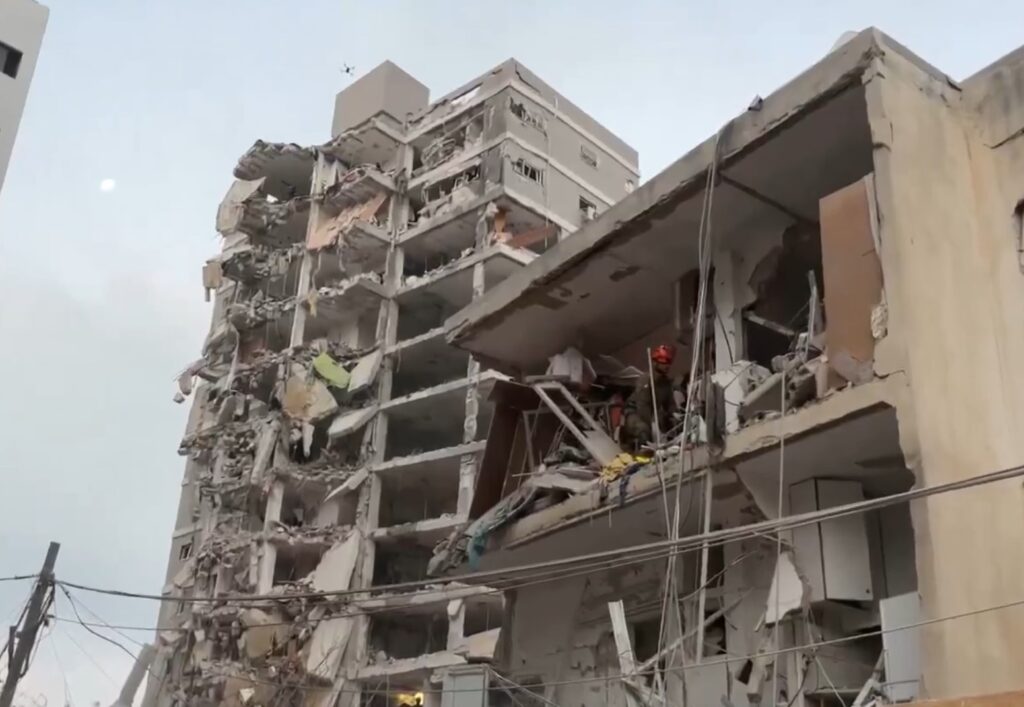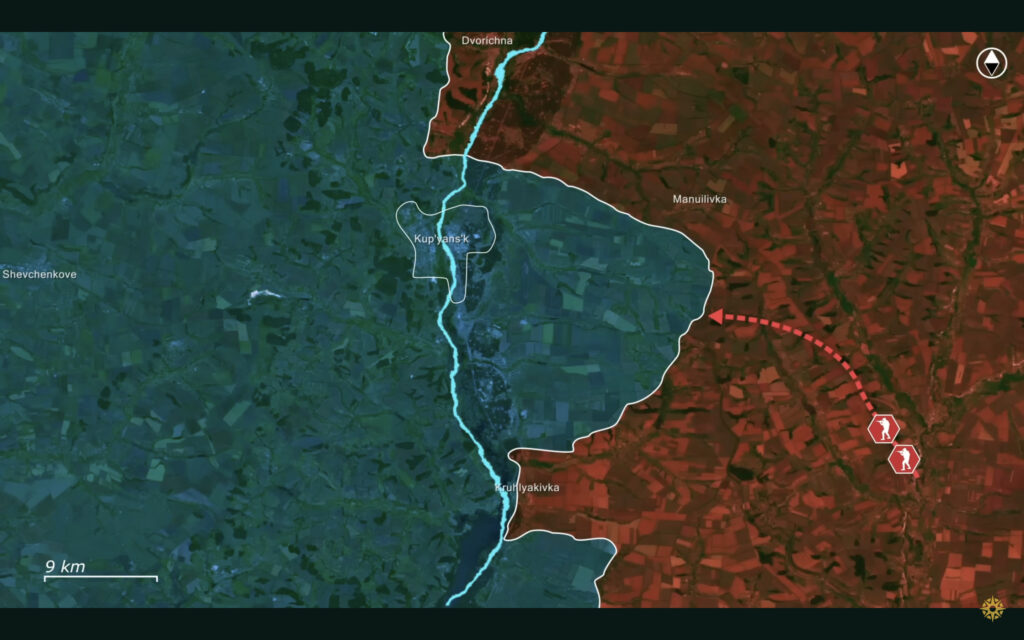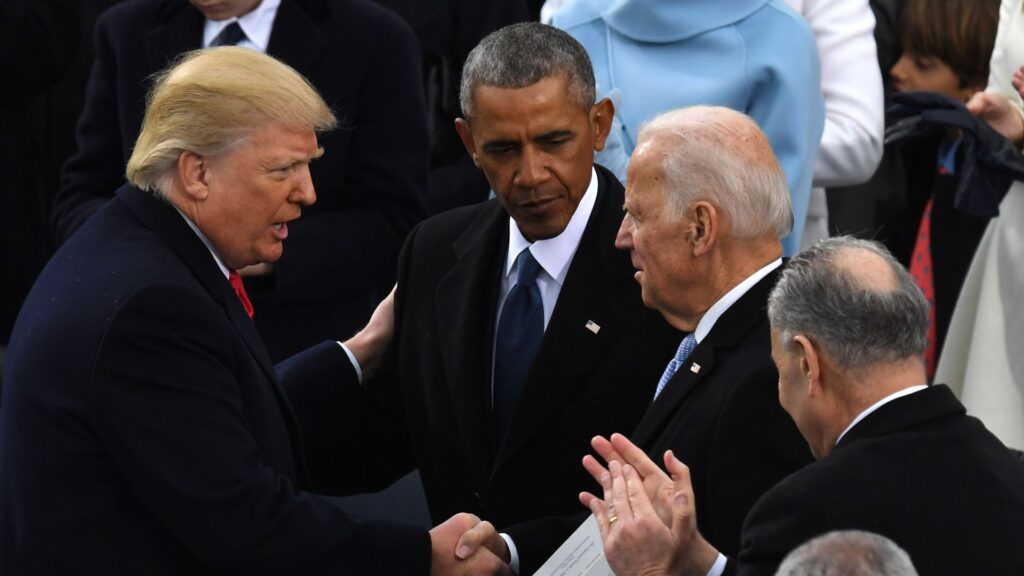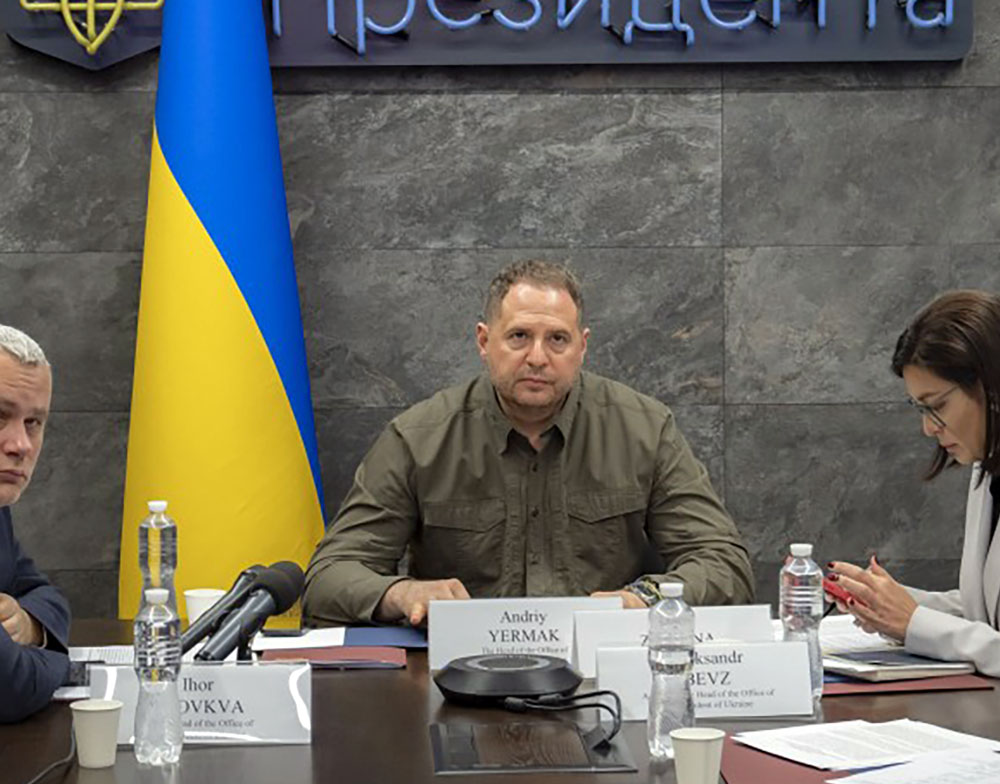Putin abandons limited territorial goals and returns to total Ukraine takeover
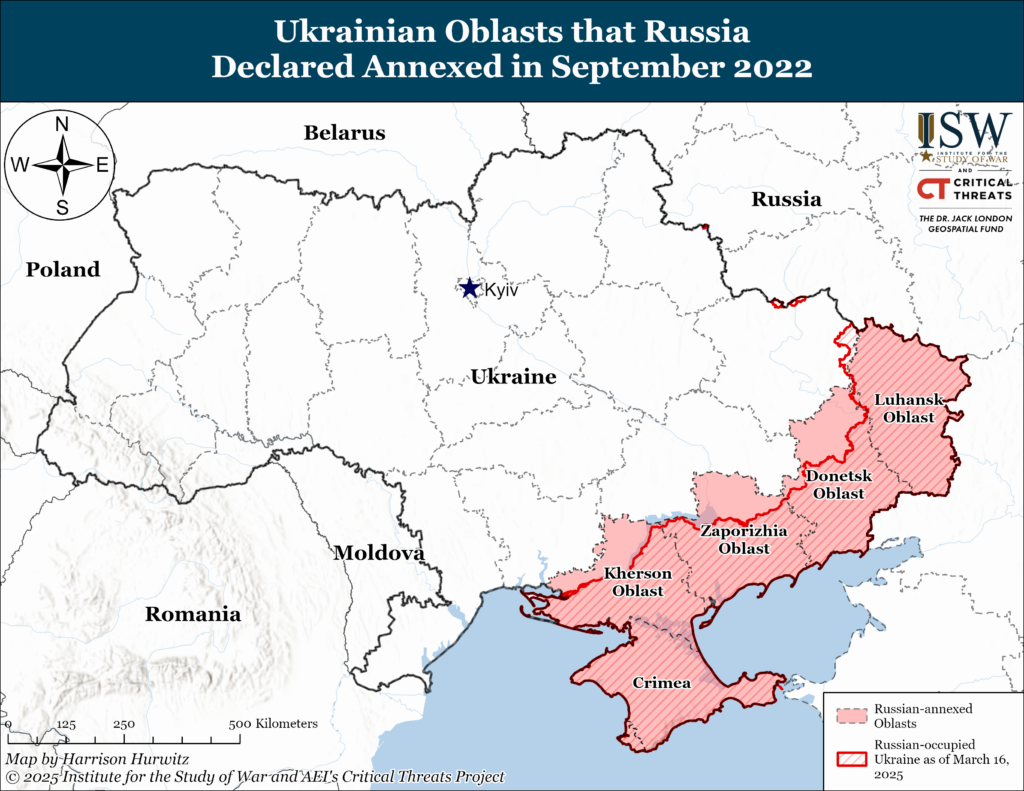
Vladimir Putin appears to have abandoned his narrowed military objectives in favor of conquering all of Ukraine, according to recent statements and battlefield developments.
“All of Ukraine is ours,” he told an economic forum in St. Petersburg last week. “Wherever the Russian soldier treads is ours.”
The declaration came as Russian forces attempted to push into Sumy, a region Putin never bothered to annex in 2022. Why the shift?
After failing to capture Kyiv in 2022, he pulled back and focused on four eastern and southern regions: Luhansk, Donetsk, Kherson, and Zaporizhzhia. He annexed them in September 2022, signaling narrower, more achievable goals.
His original strategy isn’t working, the Telegraph reports. Nearly three years later, he still doesn’t fully control even one of those regions.
Russia claims full control of Luhansk after three years
However, Russian forces claimed Monday they captured the final sliver of Luhansk Oblast after controlling 99% of it for years. If confirmed, Luhansk becomes the first Ukrainian region to fall completely since Putin seized Crimea in 2014. However, so far there has been no independent verification from the Russian Defense Ministry or Ukrainian authorities.
But three years to capture one region? That’s not the lightning campaign Putin promised.
Ukraine rejects penetration of Russian forces into Dnipropetrovsk Oblast
Multiple Russian Telegram channels also claimed forces seized their first village in Dnipropetrovsk oblast, bordering Donetsk Oblast.
Ukraine’s General Staff disputed this, saying a small Russian reconnaissance group penetrated Dachne village, took photos with a Russian flag, then died.
“The invaders managed to take photos with the Russian tricolor, but this was their last activity: Ukrainian soldiers destroyed the occupiers,” military officials stated.
Ukrainian military officials said information about establishing a bridgehead in Dnipropetrovsk region does not correspond to reality, and that Ukrainian units continue to contain pressure from Russian forces attempting to cross the administrative border between Donetsk and Dnipropetrovsk regions without success.
Still, the attempt matters. In over a decade of war, Ukraine never had to defend Dnipropetrovsk from ground invasion. The flat terrain and sparse settlements could allow swift Russian advances—if they can establish a foothold.
Tens of thousands of Russian troops are also massing around Sumy and Kharkiv, which are bordering Russia on the northeast. Both regions were early war targets Putin failed to capture.
Meanwhile, North Korea plans to significantly increase its military support for Russia in the war against Ukraine by sending an additional 25,000 to 30,000 troops, tripling its current deployment of about 11,000 soldiers initially sent in November 2024.
North Korean troops were involved in helping Russian soldiers to push back Ukrainian forces which occupied a part of Russia’s Kursk Oblast, which borders Sumy. As of 2025, Russia regained control over most of the region.
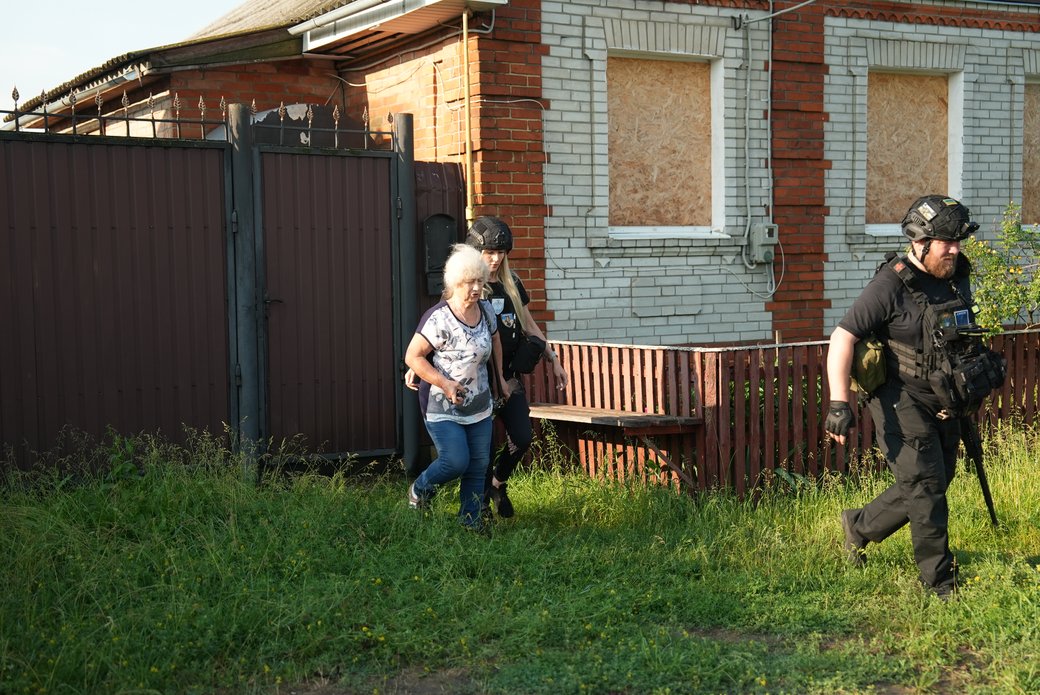
60 Sumy border settlements completely abandoned amid intensified Russian attacks and offensive threat
Putin believes he captures “historical Russian cities”
Angelica Evans from the Institute for the Study of War traced Putin’s expanded ambitions to his May visit to Kursk. There, he ordered creation of a “buffer zone” along Ukraine’s border.
“That was a light way to introduce that into the information space,” Evans told The Telegraph. “First, it’s a buffer zone, it’s just 30km to protect Russians. Then you’re not that far from major regional cities, so why not take those?”

The logic follows Putin’s historical claims. If these are “historic Russian cities,” why not seize them?
The expanded operations coincide with increased strikes on civilian targets. Recent attacks killed 18 people in a Kyiv apartment building and 17 passengers on a civilian train in Dnipropetrovsk region.
Evans suggested these strikes serve multiple purposes:
“A lot of these strikes are about undermining Ukrainian morale and for some of these settlements, that are closer to the frontline, an effort to convince people to leave and to make it easier in the future to seize these places.”
Peace talks dead in the water
Meanwhile, peace negotiations have stalled following two rounds of direct talks in May and June that yielded only agreements on prisoner exchanges and repatriation of the dead. Putin has stated that talks are “nowhere close” to success after efforts by Donald Trump failed to progress.

Ukraine and Russia to exchange prisoners of war this weekend — only result of Istanbul peace talks
During Istanbul peace talks in May, Russian officials reportedly warned Ukraine that Moscow could sustain its war effort for 21 years. Vladimir Medinsky, who led the Russian delegation, said Moscow wanted peace but would fight “however long it takes” and threatened to annex Sumy and Kharkiv if Ukraine rejected Putin’s demands.
Keith Kellogg, Trump’s special envoy for Russia and Ukraine, blamed Russia for derailing negotiations.
“Russian claims that it is the US and Ukraine stalling peace talks are unfounded,” Kellogg said. “We urge an immediate ceasefire and a move to trilateral talks to end the war. Russia cannot continue to stall for time while it bombs civilian targets in Ukraine.”
